|
Imagine your foot was redesigned to add inches of thick padding under your heel bone that enabled you to walk silently whenever you wanted. Kind of like a super power. You and your similarly equipped friends could go about your way without making a sound. Then add to that the ability to communicate at very low frequencies without opening your mouth. Say that these sounds could travel for miles and be heard by others like you. Like a whale, your messages could cover vast distances at the speed of sound. What if your senses were so well developed that you could smell water more than a mile away and sense thunder at great distances from vibrations in the soil? And what if those senses were in an appendage that contained tens of thousands of muscles and not a single bone. An appendage with the strength to lift 700 pounds and so flexible that it was capable of lifting a single blade of grass? You would be remarkable. You would be part a “memory” (or herd) of bright, caring, communicative and powerful individuals. You would be a perfect tree eating machine. A gardener, of sorts, for the African wild. Our travels through Africa showed us much of the handiwork of these gardeners. Mostly, swaths of small trees and bushes pushed over, pulled up and partially eaten. Then one afternoon we got to watch the process with a small memory of elephants on the Maasai Mara savanna. In the image above you can see the youngest one is still nursing and not participating in the green feast. The rest are consuming a tree they have just pushed over. Then, just above, a younger one is chewing on a branch. And then below, pushing on the partially decimated tree to get at a chosen morsel. The trunk, obviously, is essential to eating a tree and to much of everything else the elephant does. It is used to gather water, express affection and to give a young one a needed nudge. But consider what a challenge it must be to learn to use a trunk. Elephant babies are born with a short recessed trunk that grows to full extension in just a few days. With thousands of muscles and no bone, it cannot be easy to learn to control this all important appendage. The images below show just three skills necessary to live with a trunk. First, you have to learn to avoid stepping on it. Then, to lift it and hold something. Learning to twist it is essential to many tasks like grasping a twig.. But, in the early learning stages sometimes a full body twist to get the trunk just right. Success, however, can be it's own reward as this youngster brings a twig to its mouth. But sometimes, the stress of learning to use a trunk becomes too much. And, just when you need it most, your sibling can help you give it a rest. _ _ _ _ _
All photos and text are copyright Clinton Richardson. The images are from the author's Safari Collection at Trekpic.com. If you like these posts, please tell your friends about the Venture Moola blog at Readjanus.com. Want to plan your own safari? If so, feel free to check out the outfitter we used at Porini.com. And, feel free to share this blog. The more readers the better. Click here if you would like to get a weekly email that notifies you when we release new entries. Or, click in the side column to follow us on Facebook or Twitter. The venture moola blog comes to you from Atlanta, Georgia. Find it at readjanus.com. Copyright Clinton Richardson.
Comments are closed.
|
the blog
Travel, history, and business with original photos.
your hostClinton Richardson - author, photographer, business advisor, traveler. Categories
All
Archives
July 2023
Follow us on Facebook
|
Check out Ancient Selfies a 2017 International Book Awards Finalist in History and 2018 eLit Awards Gold Medal Winner and
Passports in his Underpants - A Planet Friendly Photo Safari a 2020 Readers' Favorite Winner in Nonfiction
Site Copyright 2024 by Clinton Richardson
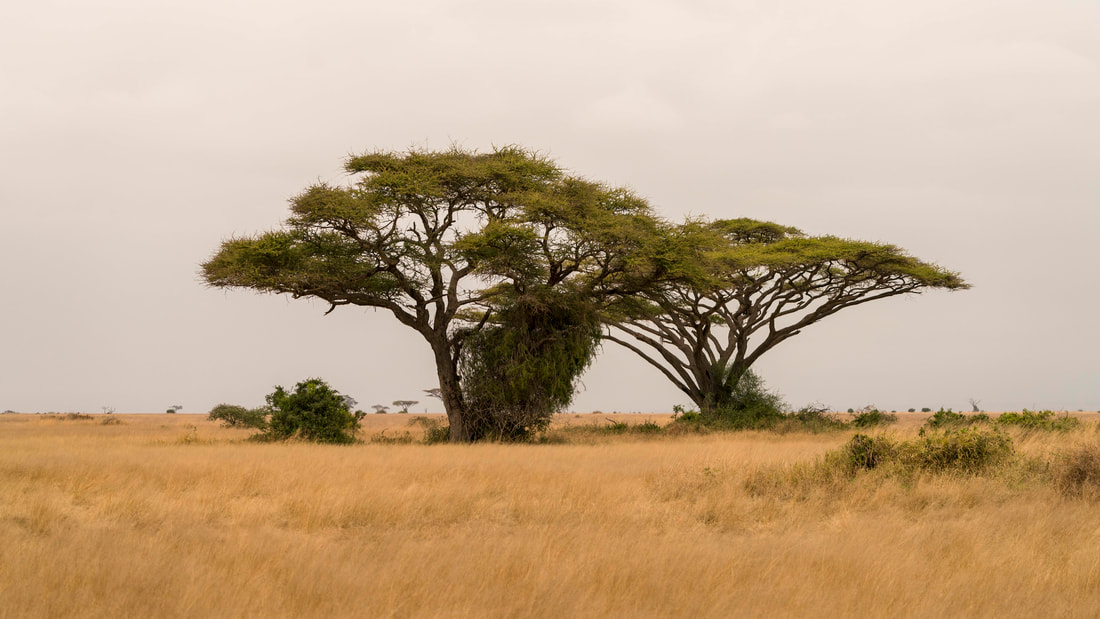
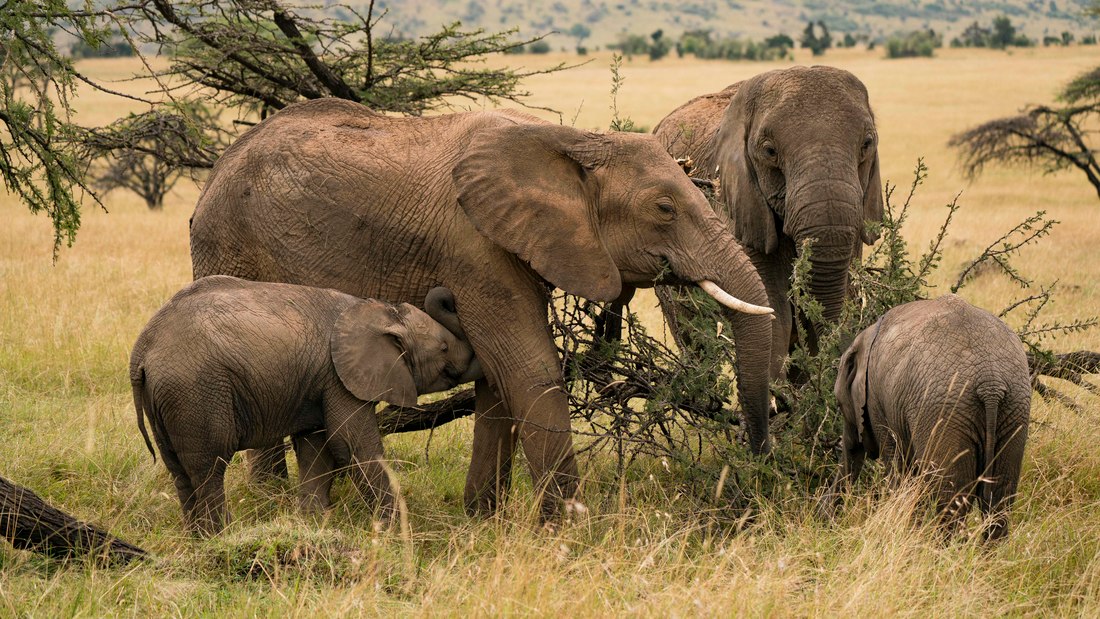
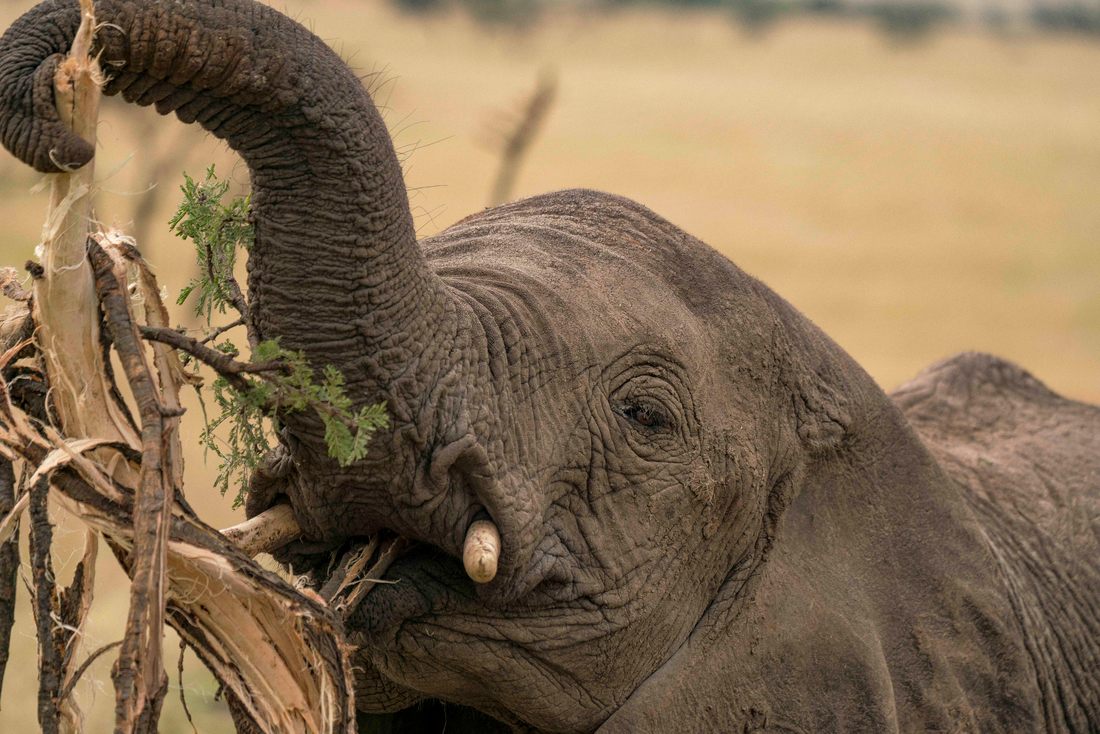
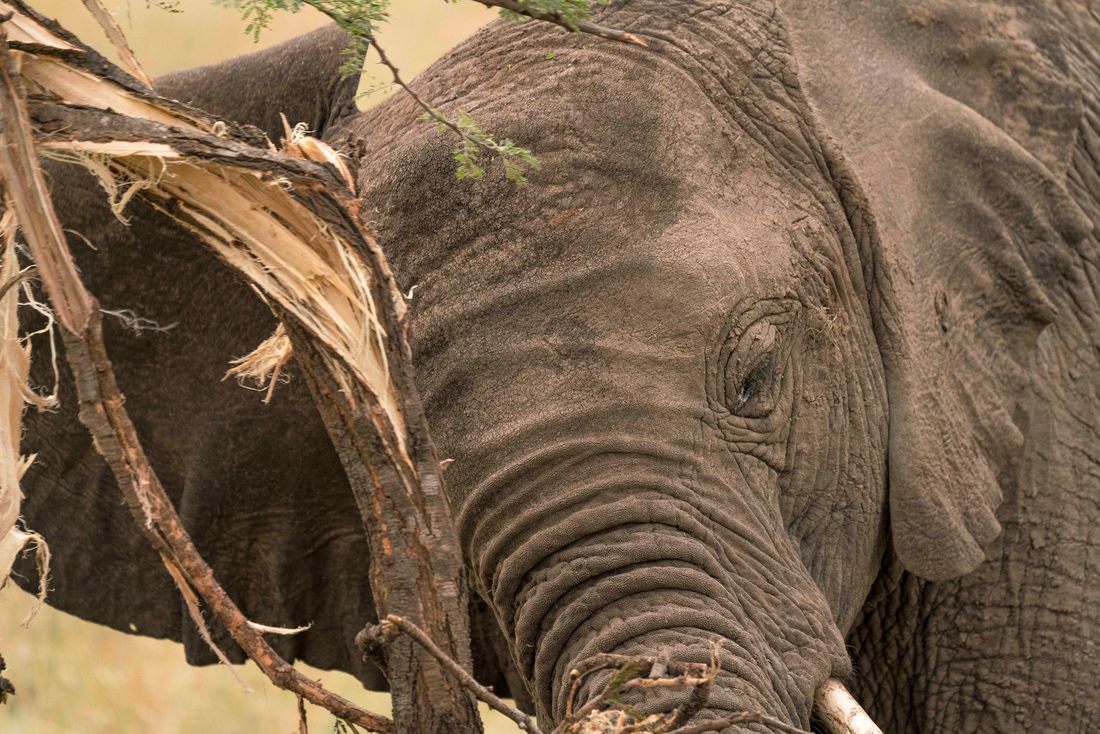
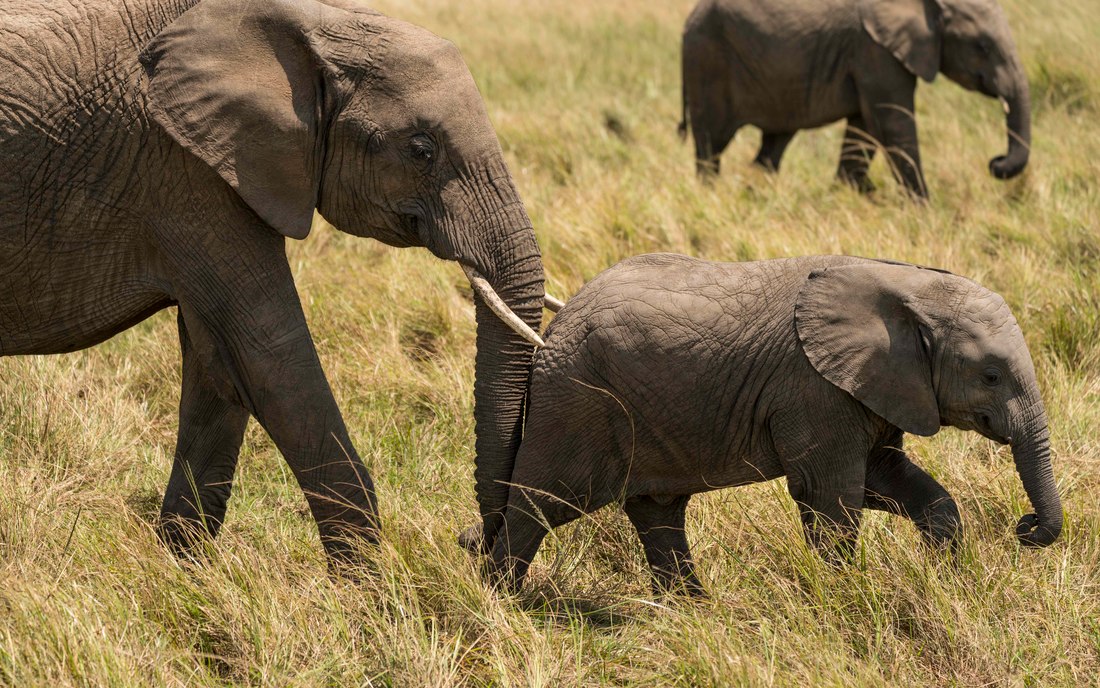
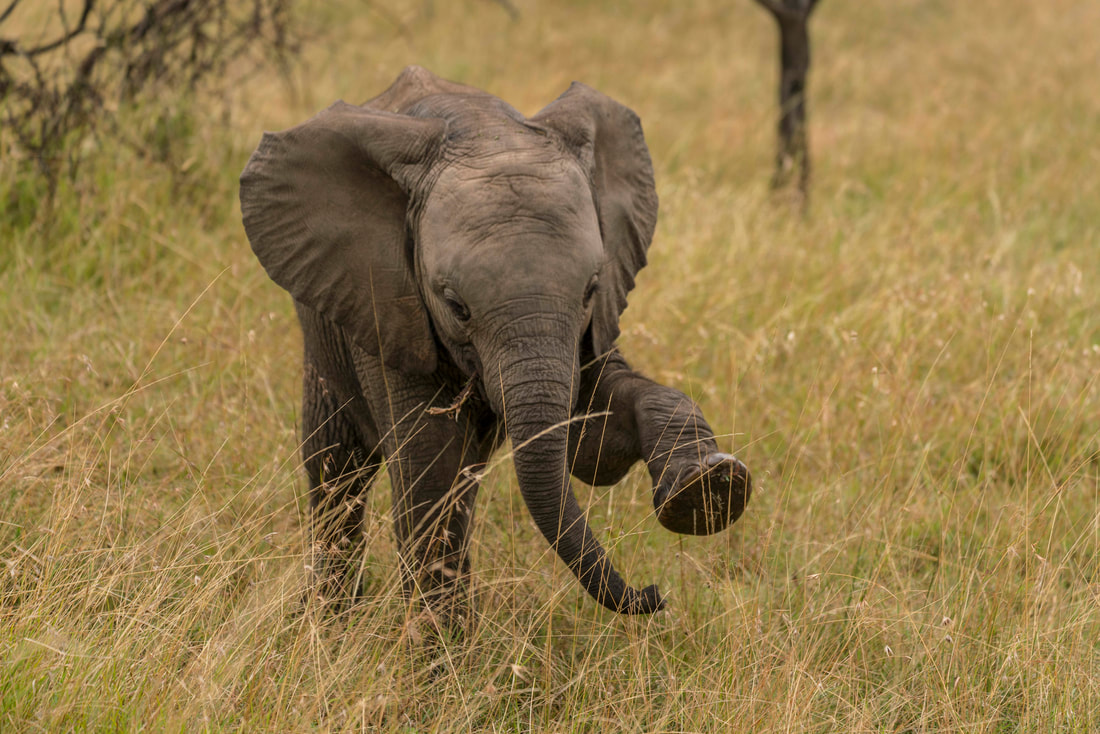
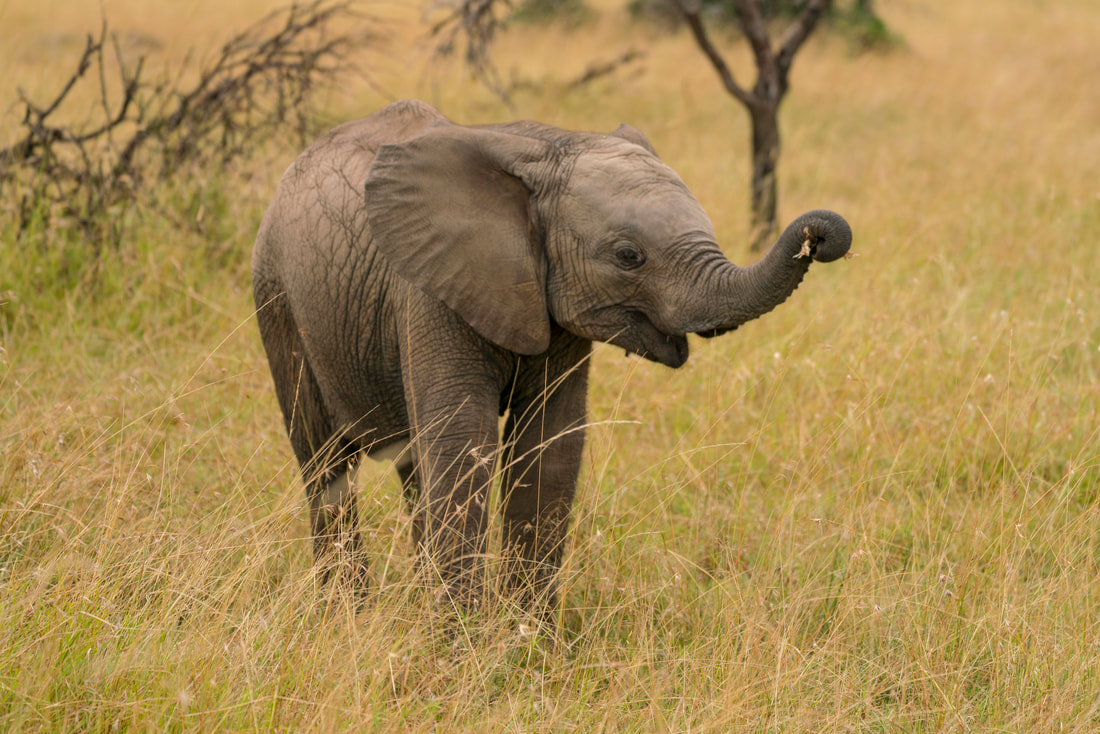
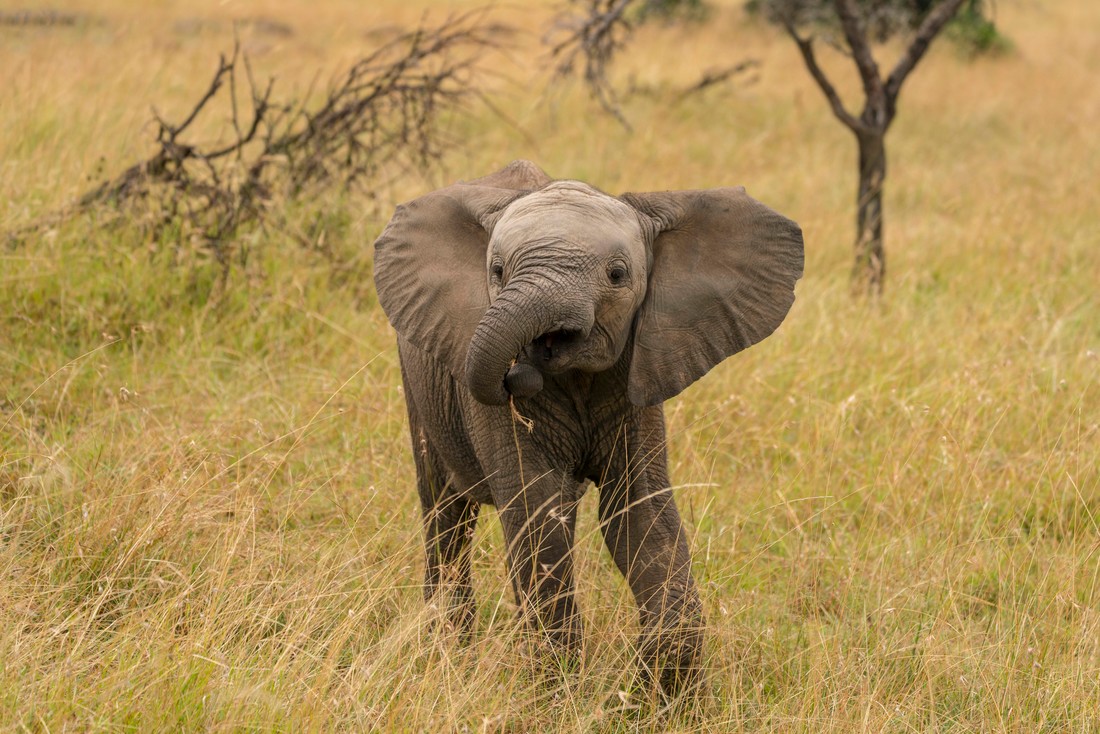
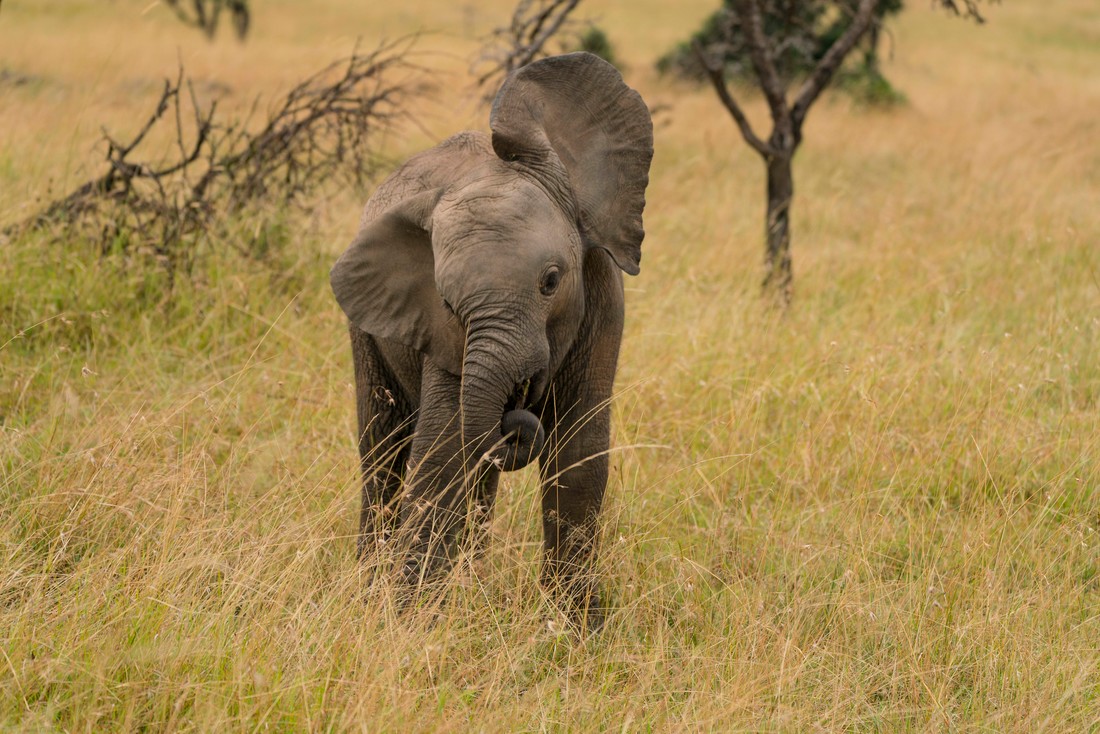
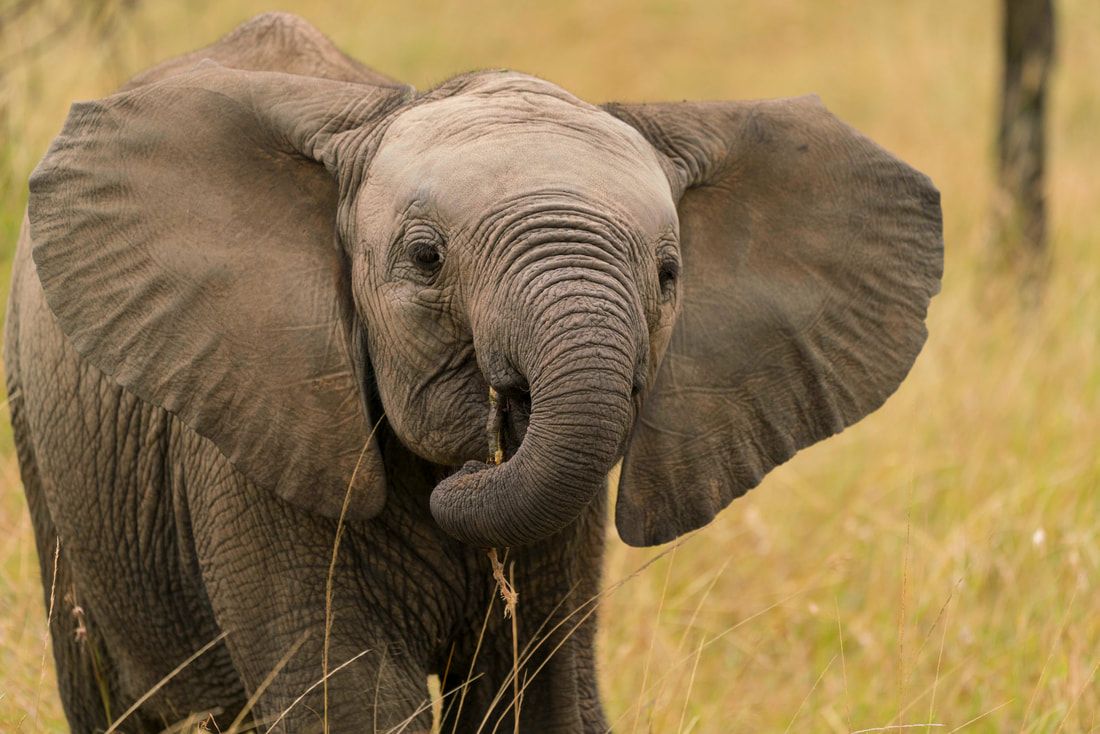
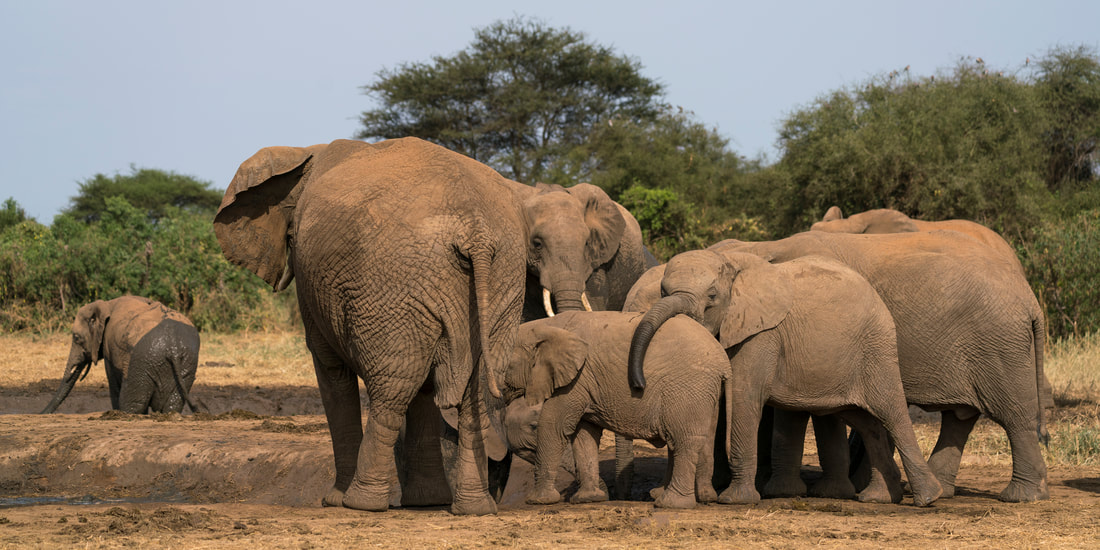
 RSS Feed
RSS Feed